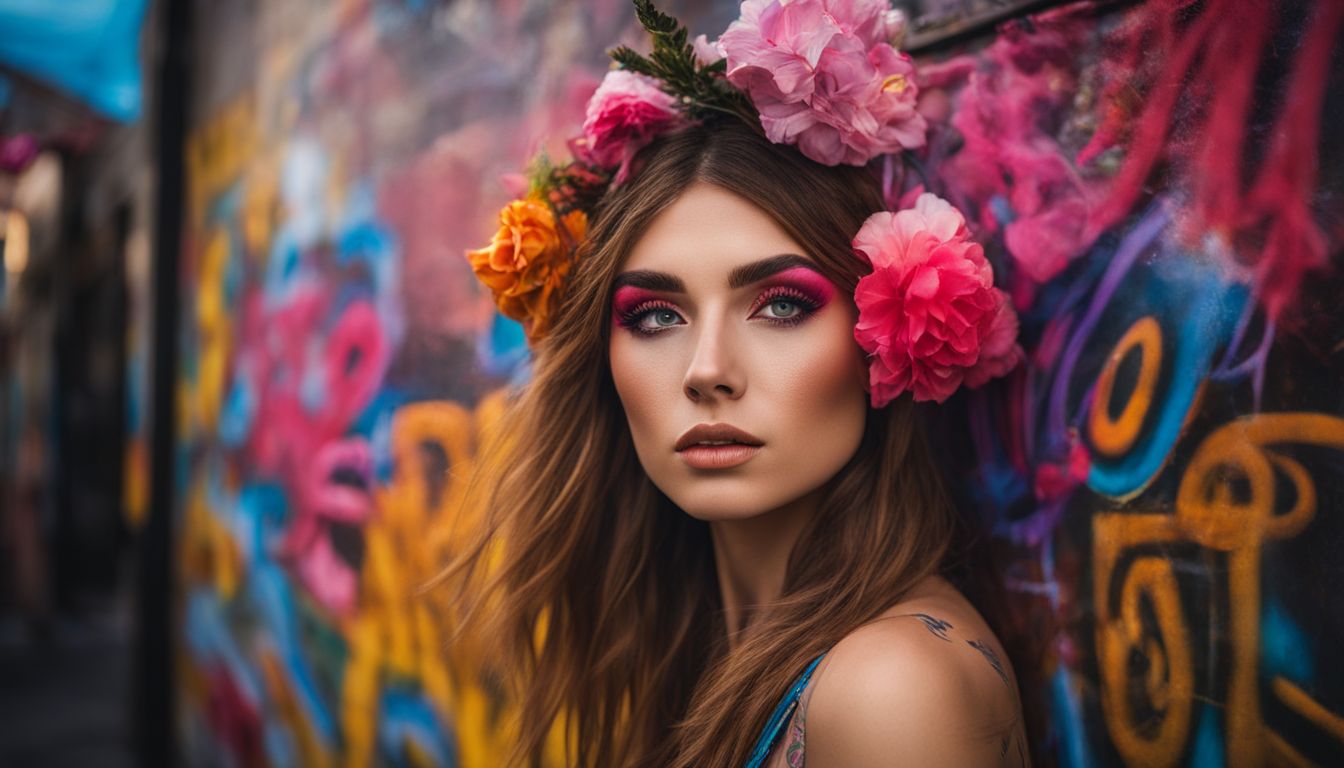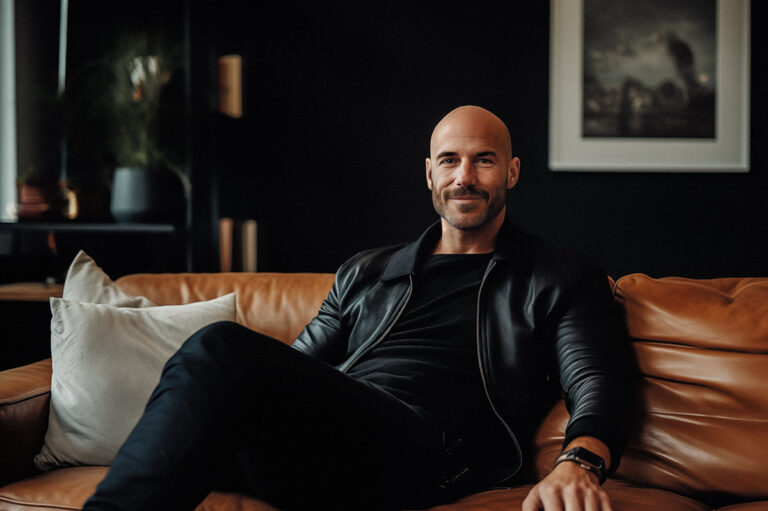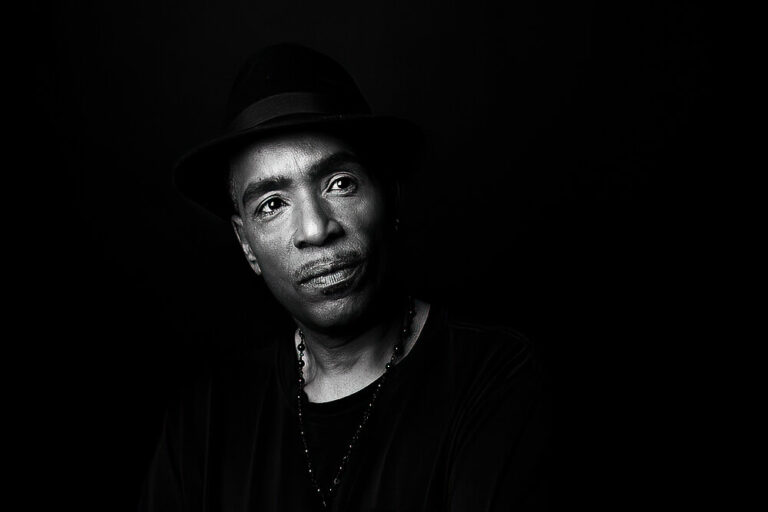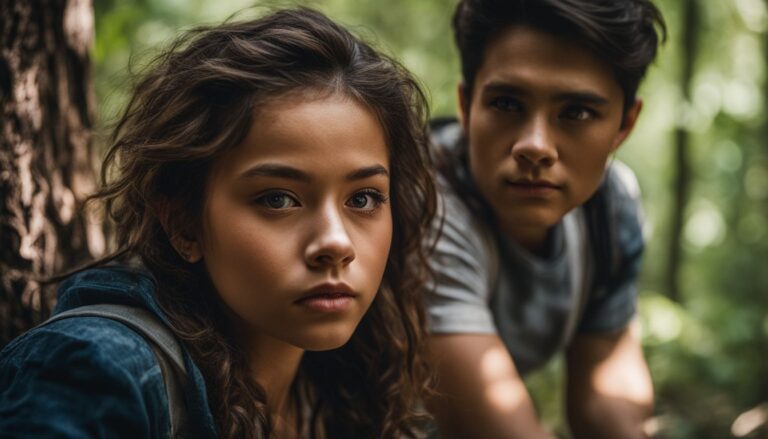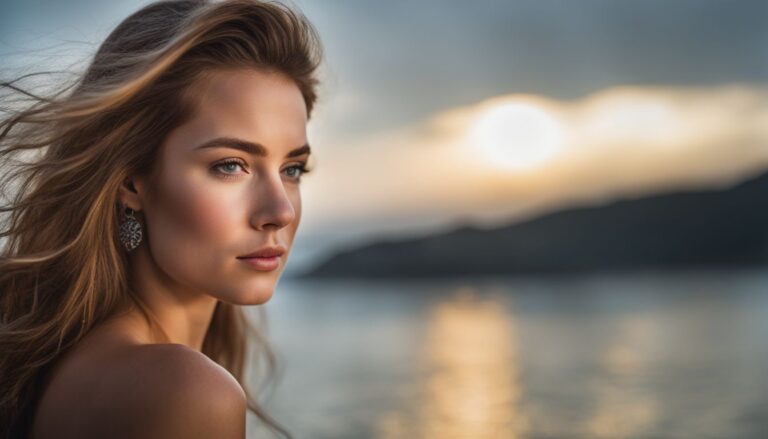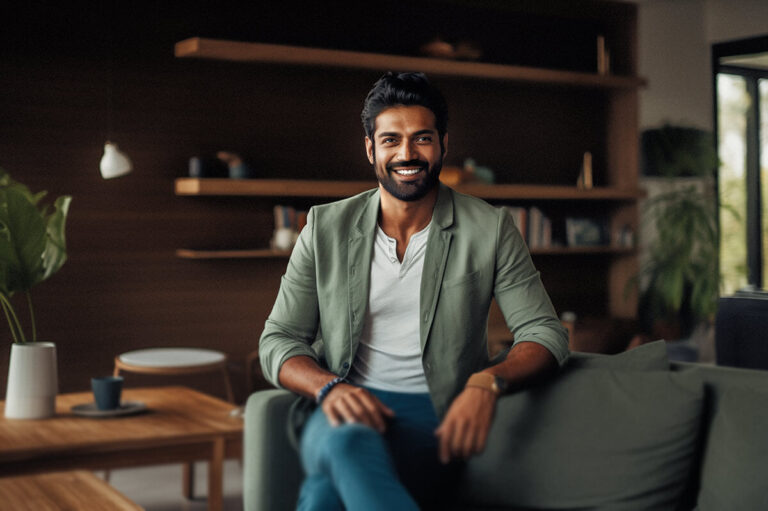Creative Concepts: Pushing Boundaries In Portrait Photography
In the realm of portrait photography, it’s all too easy to find oneself meandering through a domain of striking similarity. Numerous photographers grapple with the challenge of crafting images that undeniably stand apart from the crowd.
We, too, have navigated this complex terrain, endeavouring to unearth our distinct voice amidst a bustling arena. Through diligent research and ample practice, we discovered that the essence of differentiation lies in challenging conventional boundaries and wholeheartedly embracing creativity.
This voyage unravelled some transformative strategies for cultivating inventive concepts.
Our article aims to shepherd you along this path – from articulating your vision to seeking inspiration and navigating copyright law’s intricacies with due diligence. Whether you’re trawling Pinterest or forging collaborations with like-minded creatives, we stand ready to assist you in crafting stunning portraits that transcend mere poses to narrate compelling tales.
Brace yourself for an enlightening transformation!
Key Takeaways
- Pushing boundaries helps photographers stand out by developing a unique style.
- Creative concepts come from defining your vision, brainstorming, and seeking inspiration from different sources.
- Experimenting with new techniques and challenging societal norms fuels creativity in portrait photography.
Why Pushing Boundaries is Important in Portrait Photography
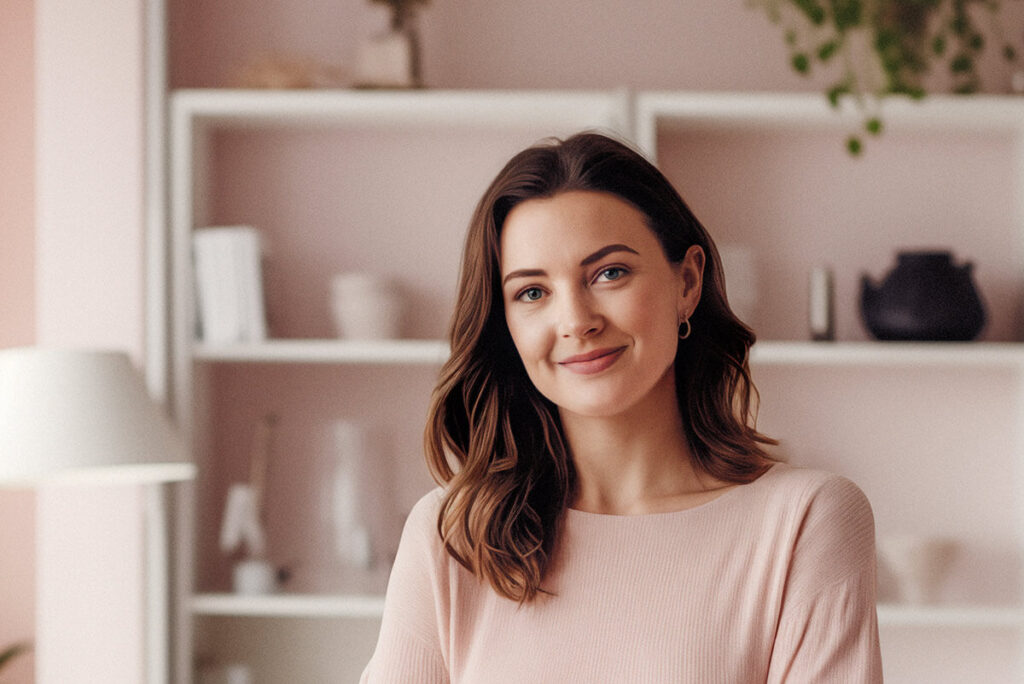
Daring to go beyond the norm in portrait photography is crucial for setting yourself apart, developing a distinctive style, and keeping your audience engaged. It challenges you and your viewers to see familiar subjects from fresh perspectives.
Standing out from the crowd
We understand the importance of standing out in portrait photography. The industry is crowded, and offering a unique approach sets us apart. We aim to push creative boundaries, making our work notable and different.
This involves experimenting with new techniques, exploring various genres, and sometimes challenging societal norms through our portraits. Each photo we take aims to capture a distinctive perspective or convey a compelling story that resonates personally.
Our strategy includes collaborating closely with other photographers. Working together brings fresh eyes to familiar scenes and combines our strengths in creativity and technical skill.
We also constantly seek out innovative concepts outside traditional portrait settings, incorporating unusual props or dramatic lighting to enhance the visual appeal of each shot. By doing so, we refine our own style and create artworks that stand out in any gallery or portfolio collection.
Developing a unique style
Developing a unique style in portrait photography means creating images that only you can. It involves using your vision, lens choices like telephoto or prime lenses, and experimenting with concepts outside the usual boundary.
Our experience shows that mixing different genres and pushing beyond comfort zones leads to a signature approach. Our photographic work often explores new landscapes, uses unconventional objects or settings, and even challenges societal norms.
This process defines our artistic identity and sets us apart in exhibitions and amongst peers.
Every photograph we take is a piece of our viewpoint, crafted carefully with creativity at its core.
We make it a point to collaborate with other photographers and creatives who bring their unique perspectives to the mix. By joining forces and exchanging ideas during workshops or photoshoots, we uncover new approaches to portrait photography.
Respecting intellectual property ensures our creative inspirations remain ethical yet innovative. Our journey has taught us that developing a unique style demands constant learning, openness to feedback from our audience, and the courage to experiment without fear of failure.
Challenging yourself and your audience
After crafting a unique style, we move on to push ourselves and those who view our work. Each month, we set out to tackle one creative portrait photo shoot that takes our skills further.
This means stepping outside the comfort zone of traditional photography and into the realms of endless imagination. Through our lenses, we engage with various elements like unconventional lighting, bold compositions, or challenging societal norms.
We collaborate closely with subjects, makeup artists, and even other photographers to create a vision that sparks conversations. Our aim is to take pictures and weave stories that prompt viewers to think deeply about the visual narratives before them.
This practice has taught us valuable lessons in problem-solving and innovation while creating photographs that stand as touchstones in photographic art.
How to Come Up with Creative Portrait Concepts

1. Define your vision clearly before brainstorming, as it provides direction and purpose.
2. Engage in keyword brainstorming to kick-start your creativity and generate a pool of potential ideas for portrait concepts.
Defining your vision
Consider what you want to convey through your portraits to define your vision. Consider the message or feeling you aim to communicate. We always plan at least one inventive portrait shoot each month to push our photography skills further.
This helps us stay creative and find new ways to express ideas visually.
Start by writing down your concepts and how they connect with the boundaries of photography, you want to push. Look into genres that excite you or challenge societal norms. Your vision should reflect something unique about how you see the world or how you want others to see it through your lens.
Keep refining this vision as you brainstorm, ensuring it guides every decision in the shooting process, from selecting subjects to choosing locations and props.
Conducting keyword brainstorming
We start by gathering words that spark our interest or fit our envisioned theme. Our team sits down and lists every keyword that comes to mind. These could range from “candid” and “cosmic” to “architectural” and “street photographer“.
We think about the mood, styles, locations, and emotions we want our portraits to convey. This brainstorming isn’t just random; it’s directed by the concepts we’re curious about and the boundaries we want to push in portrait photography.
Our next step involves looking for combinations that stand out. We may pair “architectural” with “candid” to explore structured yet spontaneous shots or merge “cosmic” with “portrait photography” for images that feel otherworldly.
Through this process, we’ve found unique angles on familiar subjects—like using a telephoto lens in tight urban spaces or experimenting with unconventional lighting setups. During these sessions, ideas like photographing street performers through reflections or capturing portraits under varied f-stop settings come alive.
This approach has helped us hone a distinctive style while staying true to our creative goals.
Image searching for inspiration
Searching for images online can spark our creativity. It helps us see what’s possible and find new angles for portrait photography. We collect visual ideas through search engines, photo-sharing sites, and digital archives.
These platforms are full of exciting photos and different perspectives, pushing the boundaries of traditional portraits. Always ensure we respect copyright laws by only using these images as inspiration, not copying them directly.
A single image can inspire a thousand ideas.
Organising these images into collections or folders on our devices makes it easy to return to them when ready to start a project. This method allows us to create a visual bank of creative ideas that we can draw upon whenever we need inspiration.
By analysing these collected images, we learn new techniques and discover unique approaches to conceptual photography without straying from ethical boundaries.
Saving and organising ideas
We keep track of our portrait photography ideas to challenge and grow our skills. We use folders on computers and notebooks for sketches. This helps us sort through different thoughts when shooting portraits.
Using limits is part of this process, too. It prepares us for real client work.
Working with other experts, like makeup artists or costume designers, also helps us organise creative ideas. We share files and thoughts online to make sure everyone knows the plan.
This way, everyone brings their best to the photo shoot.
Analysing and adapting concepts
After saving and organising ideas, it’s time to move on to analysing and adapting concepts. This involves meticulously examining the potential of each idea while seeking more than just a basic understanding.
It underpins the ever-evolving realm of portrait photography and is designed to enhance our professional skills. We keep customising our approach to unlocking new creative secrets and robust strategies in the heart of this artistic landscape.
Experimenting with different tools, like natural light or wide-angle lenses, not only broadens our perspective but also challenges us to adapt creatively. When we talk about adapting concepts in portrait photography, we mean exploring new approaches that might not work at first glance but hold great potential for innovation.
Remembering ethical considerations is not just a necessity; it’s an experience that shapes our best work in the industry. So, let’s delve deeper into analysing and adapting concepts by exploring these entities: vision definition, keyword brainstorming, image searching platforms, constraint usage, collaboration with fellow photographers, and unique conceptual techniques.
Respecting copyright and intellectual property
When using images as a reference, respecting copyright and intellectual property is vital. This ensures you honour the original creators’ rights while developing unique concepts.
It also maintains ethical integrity within the creative community.
Keyword: image searching
Collaborating with others
Collaborating with others is vital for refining creative portrait concepts. Sharing our vision with fellow photographers or artists allows us to gain fresh perspectives and enrich our ideas through their input.
Engaging in this process helps us create innovative and unique concepts that reflect diverse influences.
Involving other professionals also enables us to incorporate different genres, lighting techniques, and artistic elements into the concept. This collaboration broadens the scope of creativity beyond what we could achieve alone, leading to more dynamic and impactful portrait photography projects.
Using constraints
To elevate our creative process, using constraints can be beneficial. It challenges us to think outside the box and hone our problem-solving skills. For instance, limiting ourselves to a single lens or working with only natural light can push us to explore new angles and perspectives in portrait photography.
These constraints evoke fresh creativity and prepare us for real-world client sessions, ensuring we are ready for any scenario. By embracing limitations, we grow as photographers and bring innovative ideas to fruition.
Moving on from using constraints, let’s delve into examples of creative portrait concepts.
Asking for help from a photographer
When developing creative portrait concepts, seeking guidance from a photographer can offer valuable insights and expertise. Collaborating with a seasoned photographer gives us fresh perspectives and innovative ideas that elevate our work.
Engaging in open dialogue and exchanging thoughts with a portrait photography professional enriches our approach and unlocks the secrets to pushing boundaries further.
In navigating the complexities of creative portrait concepts, let’s have bespoke discussions with photographers who can provide tailored advice on refining our vision. Embracing their suggestions nurtures an ever-evolving process designed to enhance the quality and impact of our work.
Examples of Creative Portrait Concepts

Experiment with diverse perspectives and lighting to bring out intriguing contrasts. Incorporate props and settings that amplify the subject’s personality. Explore various genres to infuse fresh elements into your work.
Challenge societal norms and expectations for captivating compositions that stand out. Read more about these concepts by diving into our post!
Using different perspectives and lighting
When creating a striking portrait, consider experimenting with various angles and lighting techniques to achieve a unique and captivating result. Exploring diverse perspectives can add depth and intrigue to your images, and playing with different lighting setups can allow you to evoke specific moods or highlight intricate details.
By embracing the complexity of light and perspective, you can push traditional portrait photography’s boundaries and craft exceptional visual narratives.
Explore the potential of unconventional angles and innovative lighting strategies to elevate your portraits beyond the ordinary. By employing these creative concepts, photographers have successfully transformed standard portraiture into emotive masterpieces that captivate viewers on an entirely profound level.
Incorporating props and settings
Now, let’s discuss incorporating props and settings to enhance your portrait concepts. Unique elements like vintage furniture, vibrant backdrops, or interesting objects can add depth and character to your portraits.
Consider using tools like antique chairs, natural landscapes, or statement pieces to bring creativity and individuality to your photography. Don’t be afraid to experiment with different setups and locations; they can elevate your portraits’ visual impact.
Exploring different genres
Pushing the boundaries and experimenting with diverse styles, such as candid, conceptual, or fine art, is essential when exploring different genres in portrait photography. Embracing versatility enhances your creativity and expands your portfolio, appealing to a broader audience and potential clients.
Engaging in various genres can inspire fresh concepts and challenge traditional norms, paving the way for innovative and thought-provoking visual storytelling.
By immersing ourselves in multiple genres such as environmental portraiture, street photography, or even abstract compositions, we broaden our perspective on what defines a captivating portrait.
This broader understanding allows us to approach each session with ingenuity and adaptability while fostering a dynamic and distinctive photographic style that sets us apart in the industry.
Experimenting with new techniques
Experimenting with new techniques in portrait photography is a game-changer. It’s about shaking up conventional methods and embracing fresh, innovative approaches that set your work apart.
Delving into uncharted territory opens the door to captivating and truly unique images. By blending traditional skills with unconventional tools, we’ve discovered a new world of artistic potential.
In our experience, exploring different genres, such as conceptual fine art or abstract portraiture, has been enlightening. It allows us to think outside the box, pushing the boundaries of what’s possible in portrait photography.
Challenging societal norms and expectations
Challenging societal norms and expectations in portrait photography can be a bold move towards creating thought-provoking and impactful visuals. By embracing unconventional concepts, we can spark critical conversations and challenge preconceived notions of beauty, identity, and representation.
As professionals, it is important to explore innovative ways to push these boundaries, using your vision as a guide while respecting ethical considerations such as intellectual property rights.
Incorporating diverse perspectives and subjects into our photographic work offers a fresh take on traditional norms. By experimenting with different themes and narratives, we can pave the way for inclusivity and diversity within the realm of portrait photography.
Conclusion
In conclusion, pushing boundaries in portrait photography is crucial for standing out and developing a unique style. To develop creative concepts, define your vision and conduct keyword brainstorming to find inspiration.
Use various platforms for image searches and analyse inspiring images to adapt concepts. Remember to respect copyright and collaborate with others for a shared vision. Start with constraints and seek help from experienced photographers.
These practical strategies can lead to significant improvements in capturing compelling visual stories. Keep exploring and stay motivated on this journey!
FAQs
Q: What does it mean to push the boundaries in portrait photography?
A: Pushing the boundaries in portrait photography involves exploring new creative techniques, breaking traditional rules, and challenging oneself to try innovative approaches.
Q: How can a photographer unleash their creativity in portrait photography?
A: Photographers can unleash their creativity in portrait photography by experimenting with lighting, composition, angles, props, and locations to create unique and visually impactful images.
Q: What is the significance of pushing boundaries in the genre of portrait photography?
A: Pushing boundaries in portrait photography helps photographers stand out in a crowded field, attracts a broader audience, and allows for personal and professional growth.
Q: How can a photographer approach a photo shoot to push the boundaries of portrait photography?
A: To push the boundaries in portrait photography, a photographer can try unconventional techniques, encourage spontaneity, and communicate with the subject to capture authentic expressions and emotions.
Q: What role does creativity play in portrait photography?
A: Creativity is essential in portrait photography as it allows photographers to express themselves, tell unique stories, evoke emotions, and differentiate their work from others in the field.
Q: How can photographers innovate within the constraints of the pandemic in portrait photography?
A: Photographers can innovate within the constraints of the pandemic by exploring new ways to shoot remotely, incorporating virtual technologies, and adapting their creative process to comply with safety guidelines.
Q: What techniques can photographers use to push the boundaries of portrait photography?
A: Photographers can push the boundaries of portrait photography by experimenting with double exposures, playing with reflections, incorporating graphic elements, exploring collage techniques, and using unconventional editing methods.


